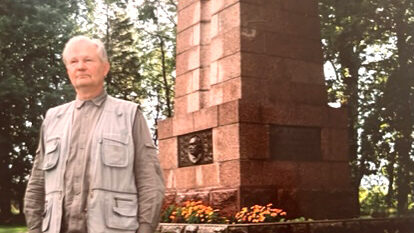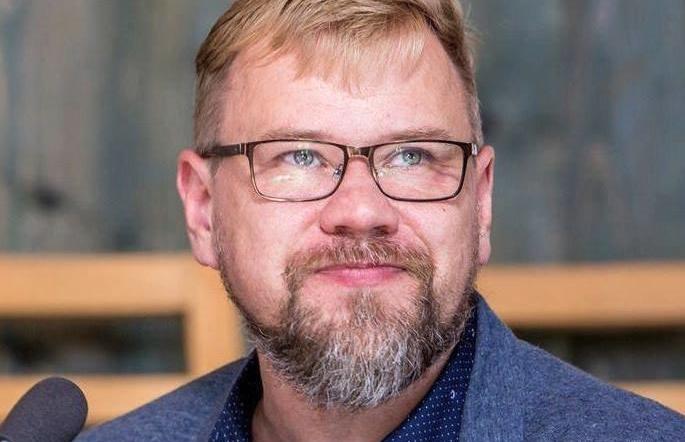Previously (on Feb. 24, 1918), the Republic of Estonia declared itself independent and broke free of Soviet Russia. A war of independence waged with Russia ended successfully for Estonia on February 2nd, 1920, with the signing of the Tartu Peace Treaty. By signing the treaty, Russia recognized Estonia's independence, renouncing “forever all sovereign rights possessed by Russia over the Estonian people and their territory.” Having first entered into the MRP on August 23, 1939, the Soviet Union occupied Estonia on June 17, 1940, and then forcibly incorporated Estonia into the Soviet Union in August. On August 23, 1944, (and in subsequent increments), Moscow annexed 3 eastern municipalities of Viru County from Estonia, along with most of Petseri County.
Because of the war between the Russian Federation (the successor of the Soviet Union), and Georgia in 2008, and also because of the subsequent armed conflict between Russia and Ukraine beginning in 2014, the nations of the world took active notice of the illegal actions of the aggressor state and reaffirmed the right of the victim states to their territorial integrity. We direct your attention to the fact that what was experienced by Georgia and Ukraine recently had already been done in an analogous manner to Estonia 75 years earlier. The topic remains current, because the very same aggressor is attempting, after the fact, to gain legal recognition of its annexations in neighboring countries, and has now also started to attempt to justify and “rehabilitate” the Molotov-Rippentrop Pact.
Russia is now accusing Estonia of presenting “territorial claims”. An excerpt from the blog of Henn Põlluaas, the current Speaker of the Estonian Parliament, is of relevance here: “Estonia has no territorial claims against Russia. We don't want a single square meter of Russian territory. All we want is to get back what belongs to us. Russia has annexed about 5% of the territory of Estonia. Thus, de facto, Russia has illegal claims against Estonia in violation of international law”.
After World War I, the task of preserving the peace was entrusted to the League of Nations in 1919. Although those expectations weren't met, mankind has placed the same expectations on the United Nations (UN), the successor to the League of Nations. We can reasonably expect UN member states who value democracy and the rule of law to openly support the expectations of Estonia for the restoration of the Estonian-Russian border that has been illegally shifted westwards through aggression, due to Soviet annexation at the end of WWII. It would not be appropriate to regard this as an issue merely between the Russian Federation and the Republic of Estonia. It also concerns the location of the eastern border of NATO and the European Union, as demarcated in the Tartu Peace Treaty, which is located in the Treaty Series registry of the UN Treaty Collection under the identifier 11LTS29.
On the 100th anniversary of the Tartu Peace Treaty, the book “A Century of the Peace Treaty of Tartu 1920-2020” was published.
/Osvald Sasko/
President, The Society for the Perpetuation of the Peace Treaty of Tartu of 1920
For more information, please contact: The Society for the Perpetuation of the Peace Treaty of Tartu, Tähe 15-35, 50103 Tartu, Estonia (Secretary's email: Aldo.Kals2@gmail.com)
In Tartu, Estonia, on January 3, 2020



